We recently had a comment on our site asking what the difference was between adult pull-ups and adult briefs (AKA diapers). So let’s dive into the question to help everyone have a better understanding of what each product offers. Read on to learn more about pull-ups vs. briefs!
To quote from our Products for Incontinence Care article: “Pull-ups work well for individuals who are mobile and/or dexterous, while diapers or briefs with tabs have absorbent areas that work well when the wearer is horizontal.” This is a general rule-of-thumb that may work as a good starting point.
Let’s go a little further. Pull-ups can be great for those who have found that pads aren’t quite cutting it for them in terms of leaks, or if they find pads to be bulky or shift around too much. There are no tabs that you need to worry about coming unattached while you’re out and about (unlike pull-ups, diapers do have tabs). In terms of the mentality of having to wear incontinence products, pull-ups are quite similar to underwear, so there’s less of a mental “switch.”
So what are the downsides to pull-ups, then? Well, one thing is convenience. It may sound great to have a product very similar to underwear … until you find you’re wearing pants or shorts and have to change the pull-ups in public. As anyone who has ever had to remove their pants in a bathroom stall can attest, it’s not an ideal changing space. Falls may also be a concern; add in anyone who could sustain a serious injury from falling (seniors, people with mobility issues) and you could have quite a problem on your hands. Secondly, there’s the amount of liquid pull-ups can reasonably hold. While pull-ups do hold an entire bladder “void” – that is, the volume of urine that most bladders can hold and then release – the max capacity for pull-ups is slightly less than that of adult diapers/briefs. Pull-ups are also primarily designed for urine absorption, while diapers are designed with both bladder and bowel (fecal) voids in mind.
Briefs, on the other hand, can be changed without having to take off one’s pants (although it’s easiest to put on a new brief and get the best fit while the wearer is lying down). And they can generally handle a full void. They also are able to accommodate booster pads better than pull-ups. A booster pad is different from a regular incontinence pad in that it has no plastic backing. So if you put a booster pad into a brief, the booster pad will fill up first and then allow the rest of the urine to proceed into the brief. A plastic-backed pad that is meant to be attached directly to underpants will not allow that procession of urine after being filled up. Adding a booster pad to a diaper can mean that the wearer can void twice into the diaper (say, overnight) and not have any leaks.
As mentioned “briefly” above, briefs are also best for any type of fecal incontinence. Most briefs offer the benefit of “full-mat,” meaning that all of the diaper is absorbent. Pull-ups generally only have absorbent material in places that make sense to absorb urine. It is possible to having both urine and fecal incontinence and wear a pull-up, however, if it’s combined with a product like a “body liner” (search for “butterfly fecal incontinence” to find these types of products).
Most caregivers that have loved ones/patients with limited mobility, and who may find that the person they care for spends much of their time horizontal, may find briefs to be easiest to apply. To put on a pull-up, the person needs to be able to stand – or at least be able to lift up their hips. Whereas with a brief, if they are unable to lift their hips while lying down, the caregiver can roll them onto their side to place the brief under them. You can see an example of this in our How to Change Incontinence Briefs – Tips for Caregivers Video.
If you are a male and you are looking for an alternative to incontinence products that absorb, check out the male external catheter (also known as a condom catheter).
We hope you find that information helpful! Please let us know in the comments if you have any questions and we’ll do our best to get back to you.
Check out these links to learn more about incontinence and incontinence products:







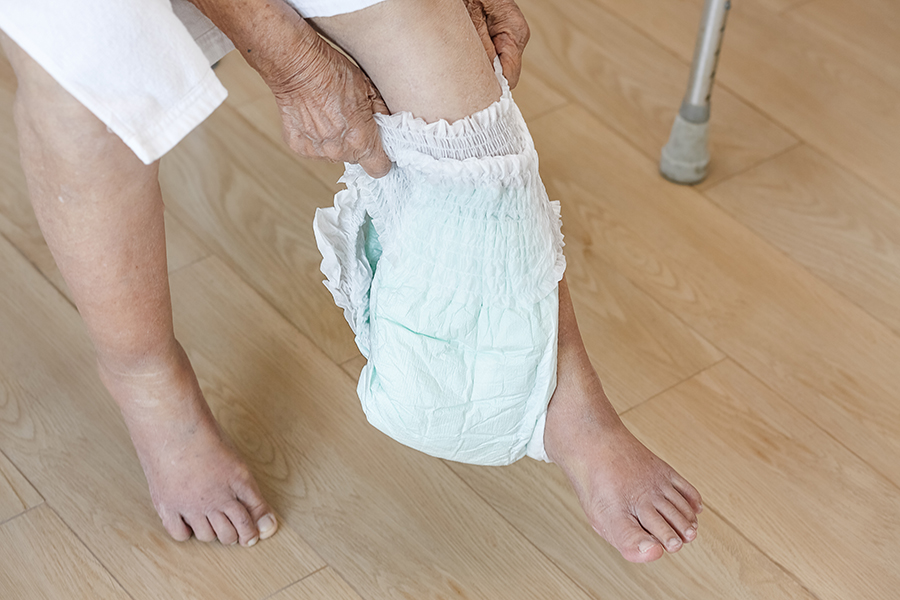


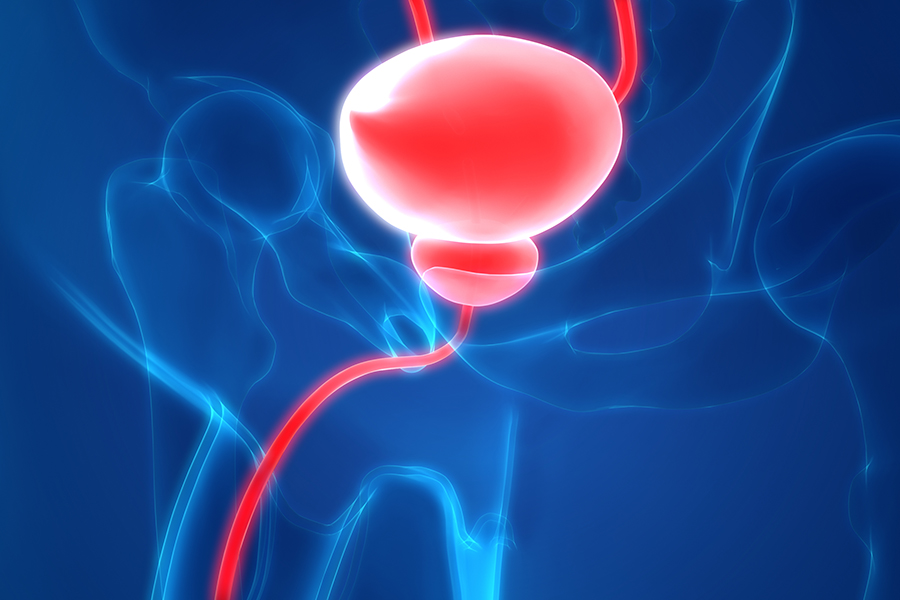
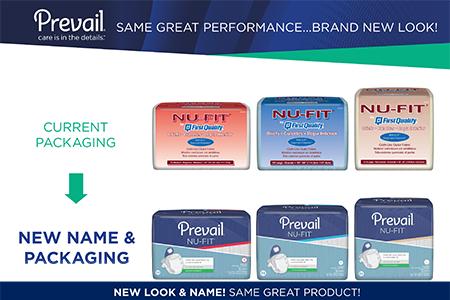


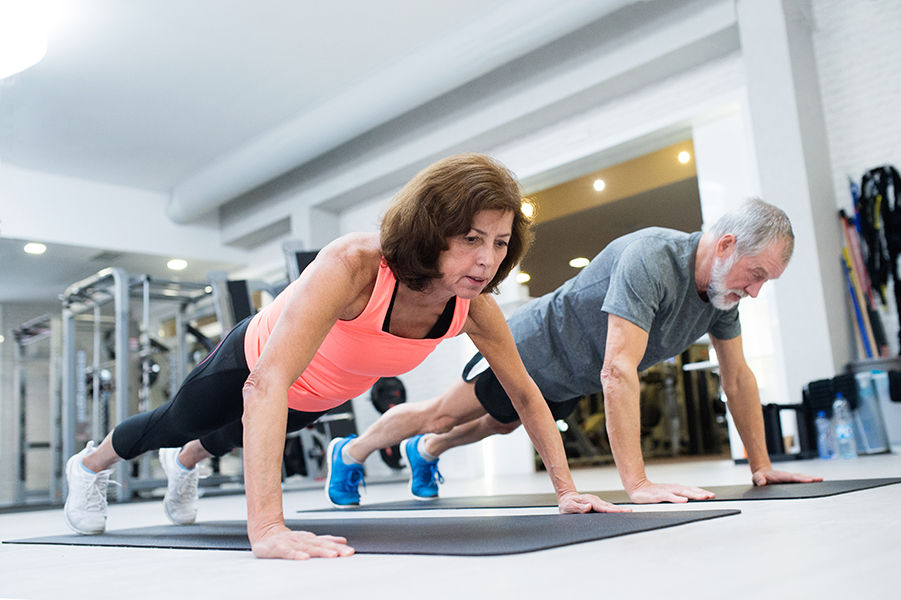

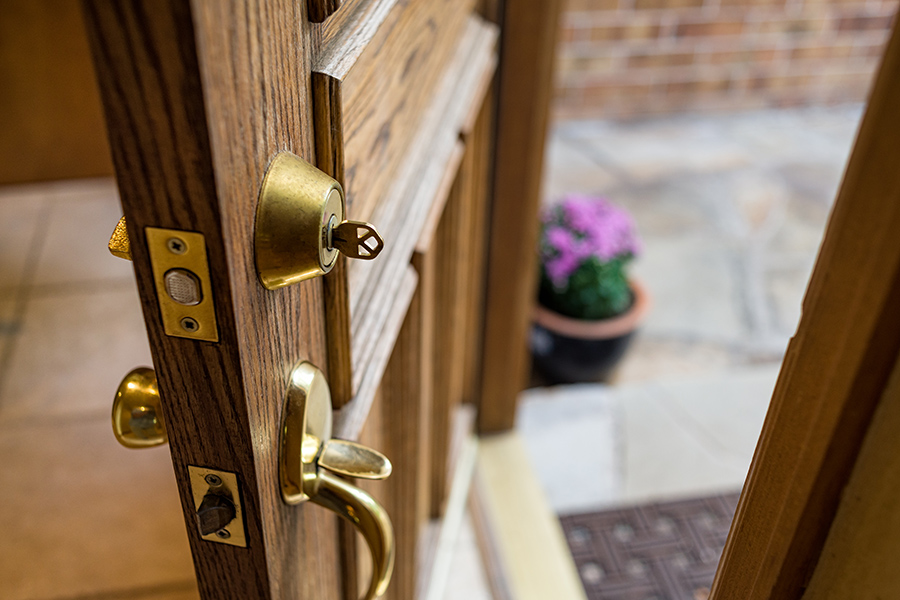

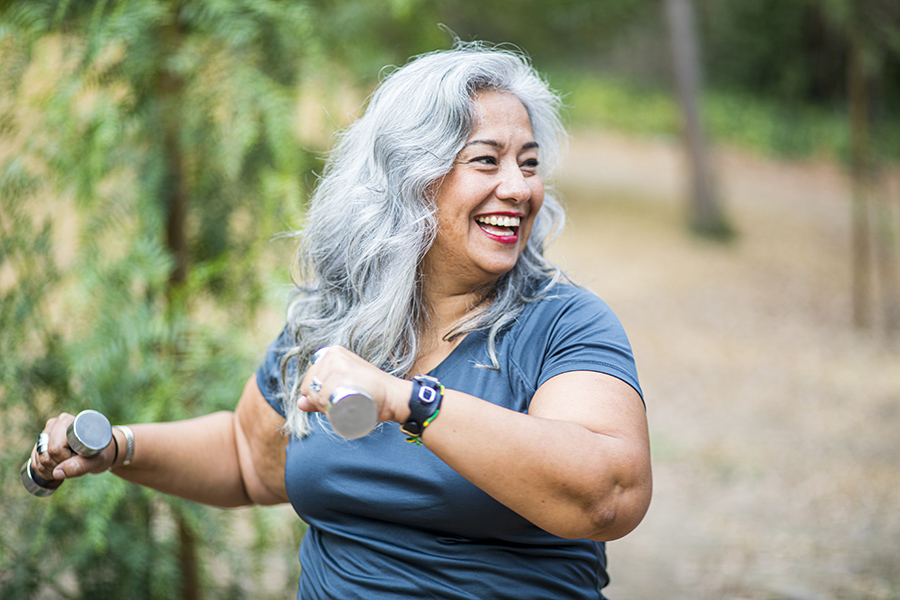

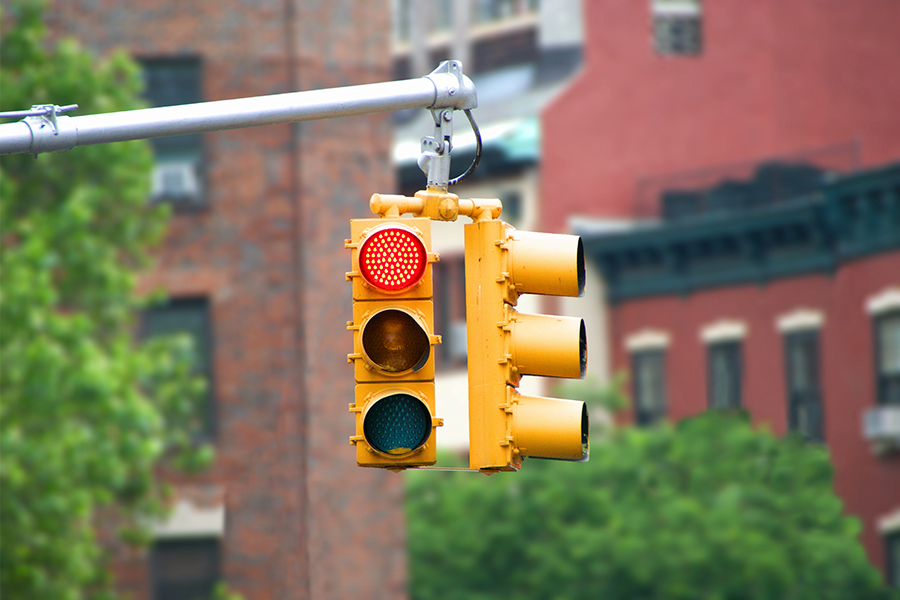
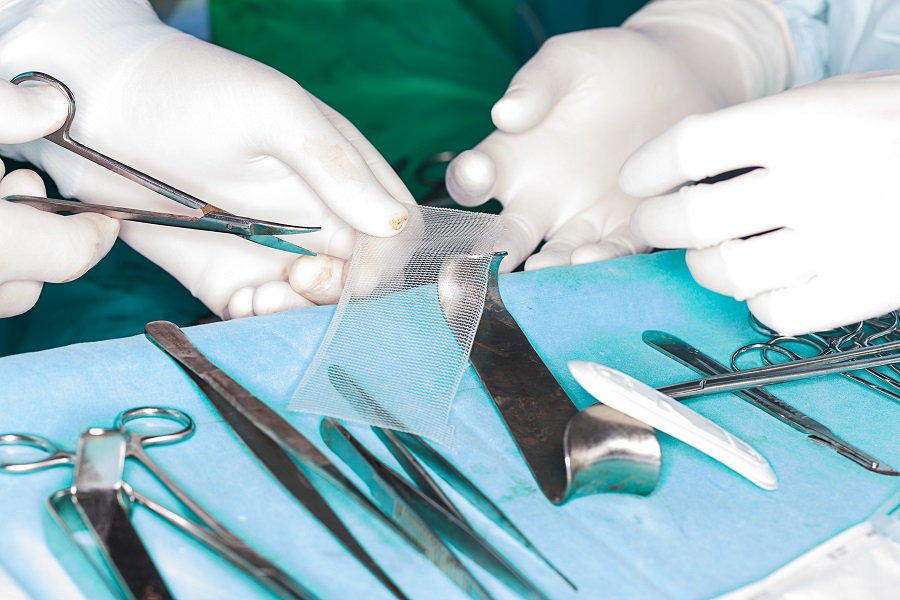


Hi, I care for my younger brother who has developed bowel incontinence due to a stroke and heart attack.
He is mobility impaired but can use a walker. We will be flying to Texas in a few months for our nephew’s wedding. What products do you recommend for urinary times if we’re not sitting close to a bathroom.
Thanks. Also. Are wearable urinary devices a good choice for this? Can you please send me any info on this? Thanks.
I am a working adult with IBS with DIARRHEA. I have allergies to latex and adhesive on steri_strips. Since I am so active still at work, what products do you suggest for bowel incontinence? I am a caregiver for a living.